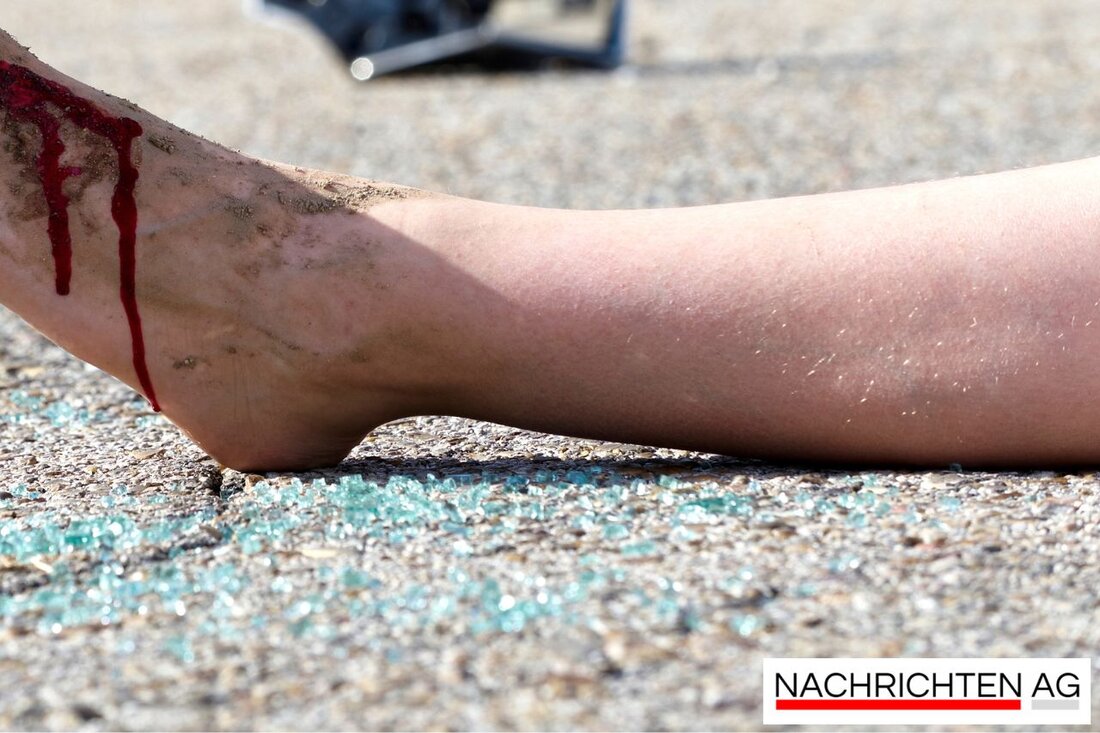Vienna on the way to a transport transition: cycle and pedestrian friendly ring road!
Vienna is aiming for more environmentally friendly mobility by 2030 in order to improve traffic conditions and achieve climate goals.

Vienna on the way to a transport transition: cycle and pedestrian friendly ring road!
Vienna proves to be a city that is an international leader in many areas. But the capital has some catching up to do when it comes to traffic. The comparison to the Ringstrasse is particularly striking, a central transport route that is of great importance not only for the Viennese, but also for numerous tourists. Sights such as the Burgtheater, the Parliament, the Town Hall and the Hofburg adorn this cultural hotspot of the city. Despite its attractiveness, fewer people walk or cycle in Vienna compared to cities like Amsterdam or Copenhagen, it is reported meinkreis.at.
One way in which Vienna can catch up in the transport sector is the project to make the Ringstrasse more pedestrian and cyclist-friendly. Such initiatives are long overdue in order to achieve the city's climate goals and remain a future-oriented, innovative metropolis.
The development of mobility in Vienna
The modal split in Vienna is showing encouraging progress: Currently, almost three quarters of the journeys (74%) are made using the environmental network, i.e. by public transport, on foot or by bike. This is a significant increase from 63% in 2000 to today, according to wien.gv.at is due to the improvement of the public transport network and the conditions for pedestrians and cyclists.
In 2023, the share of cycling traffic reached a double-digit range for the first time. What is particularly striking is that 29% more people traveled by train and bus than in 2010, while private motorized transport only increased by 5%. The increasing use of public transport underlines the trend towards environmentally friendly mobility, also in response to the city's continuous population growth.
Challenges for the future
Despite this positive development, the Vienna Cordon Survey from 2022 shows that 77% of people still cross the city border by car. This makes it clear that Vienna still has room for improvement, especially when it comes to reducing car traffic on the city limits. A revised range of public transport and effective parking space management are important in order to further improve mobility, as the research documents from the Mobility Agency show.
In 2022, 23% of new registrations in Vienna were non-fossil powered, a value that fell to 21% in 2023. The city has set itself the ambitious goal of increasing the proportion of non-fossil cars to 100% by 2030.
With a combination of innovative transport projects and targeted measures to promote environmentally friendly means of transport, Vienna is faced with the challenge of not only improving the existing infrastructure, but also sustainably changing the mobility behavior of its citizens. The next steps are crucial in order to remain at the forefront of international transport competition in the future.

 Suche
Suche
 Mein Konto
Mein Konto